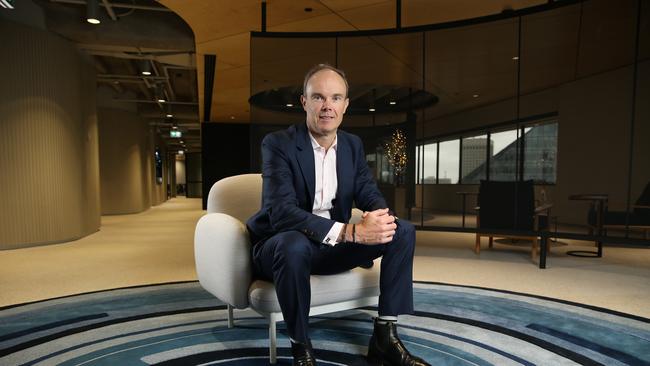
More significantly, the bond market continues to move in the wrong direction — that is, bond prices rose and yields fell. If the global recovery is on track, that should not be happening.
What’s spooking markets? In a nutshell, the question looms: have we just seen a post-pandemic recovery? Or rather, was it a recovery into a pandemic set to be extended by new variants or ineffective vaccines?
The questions form just as a string of related concerns have accumulated to take a toll on investor confidence.
Inflation concerns are rising: inflation in the US is at its highest level in 13 years. Wall Street has watched as the monthly figures continue to register a rebound.
The consensus on inflation is that it will fizzle out, reflecting little more than some spectacular supply bottlenecks in items as diverse as computer chips or construction timber.
But nobody really knows until we see the monthly figures start to drop … and they have been rising since April.
Deeper concerns lie not far from the surface, such as whether we are witnessing a “new protectionism”.
This protectionism can come in different guises: China’s attempts to own and control its mineral resources supplies to the exclusion of Australia is one example.
Conversely, there is Australia’s attempt to secure its telco infrastructure through hampering plans by the likes of Huawei – not to mention a remarkable sideshow where Telstra may have government help in a bid for Digicel Pacific.
Alternatively, protectionism can be the unintended consequence of autonomous policy initiatives such as the new EU “carbon border tax”. This tax will ultimately halt the import of products into Europe and reduce global trade flows for environmental reasons.
On a more prosaic level, perhaps the key problem for all investors is that it’s very hard to trump a year in which markets rebounded dramatically and even balanced super funds brought in 20 per cent over the term.
As Simon Doyle, head of fixed income and multi-asset at Schroders, suggests: “Markets are pricing in an exceptionally optimistic outlook – while earnings have come through to support elevated equity multiples, most still suggest expensive valuations consistent with modest future returns.”
Well let’s hope that “modest future returns” is all there is to really be concerned about. The last time the sharemarket pulled off a performance such as we saw in the year to June was in the year to June 1987, which was followed by a thumping crash in October 1987.
But the markets look forwards, not backwards. A nuanced view of the outlook has just been offered at the latest Magellan “market update” hosted by chairman and chief investment officer Hamish Douglass, who explained: “We’re not that worried about asset bubbles – but we do look at other assets that might be in bubble territory very closely. Not because we’ll be owning those assets if they collapse, but because the contagion effect and what it could do to investors across the board if some of these bubbles burst.”
Douglass is not the only one being careful despite the red-hot sharemarket we have witnessed this year to date: it turns out most investors have been pulling in their horns if we look at the pattern of investor “flows” in leading managed funds.
The just-released “fund flow index” for Australia from the Calastone Group shows that investors cooled markedly on both shares and listed real estate trusts over the three months to June
What’s more, income flows to fixed income (bonds) rose by 42 per cent quarter on quarter. That’s a sure sign investors have been getting defensive in recent months and in that light this week’s sharemarket tremors make perfect sense.







Out of nowhere, it seems, the sharemarket took a headlong dip this week with the worst single-day drop on Wall Street since October. Europe also managed its worst day of the year so far, while the ASX dropped a modest 0.5 per cent on Tuesday.